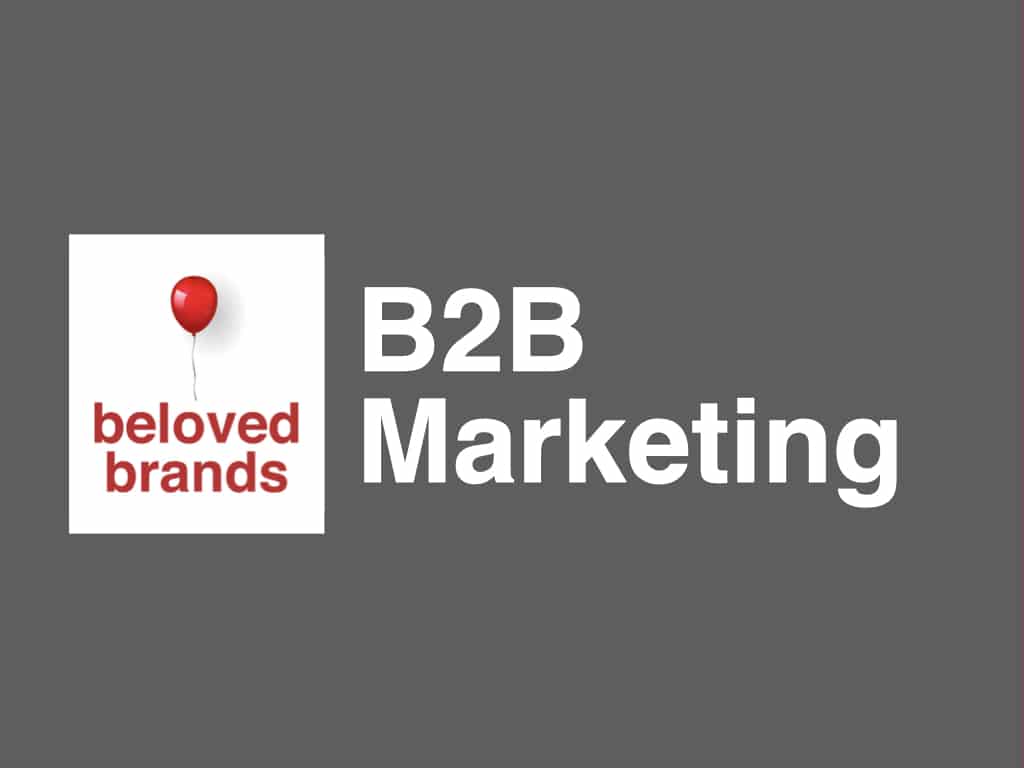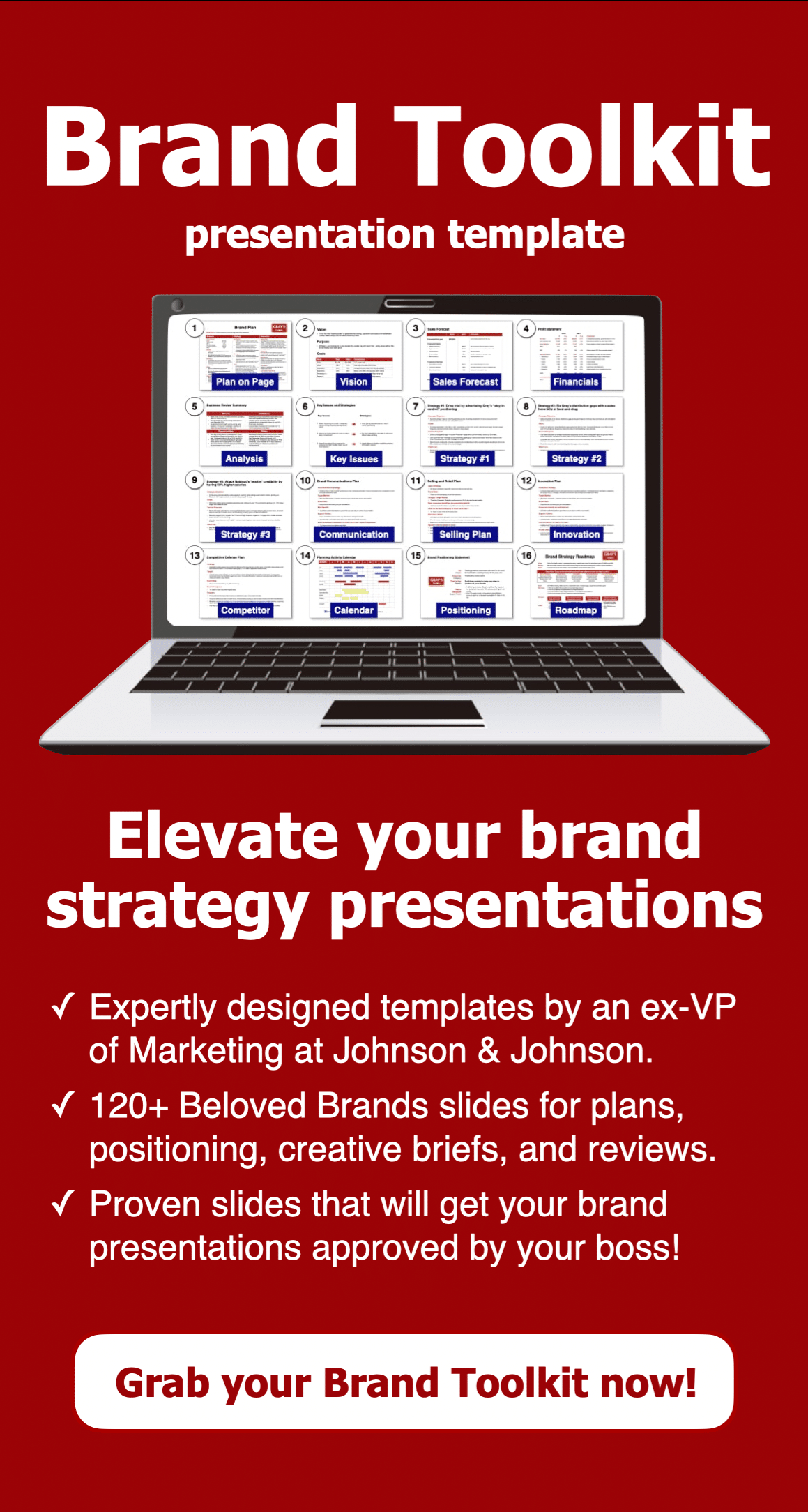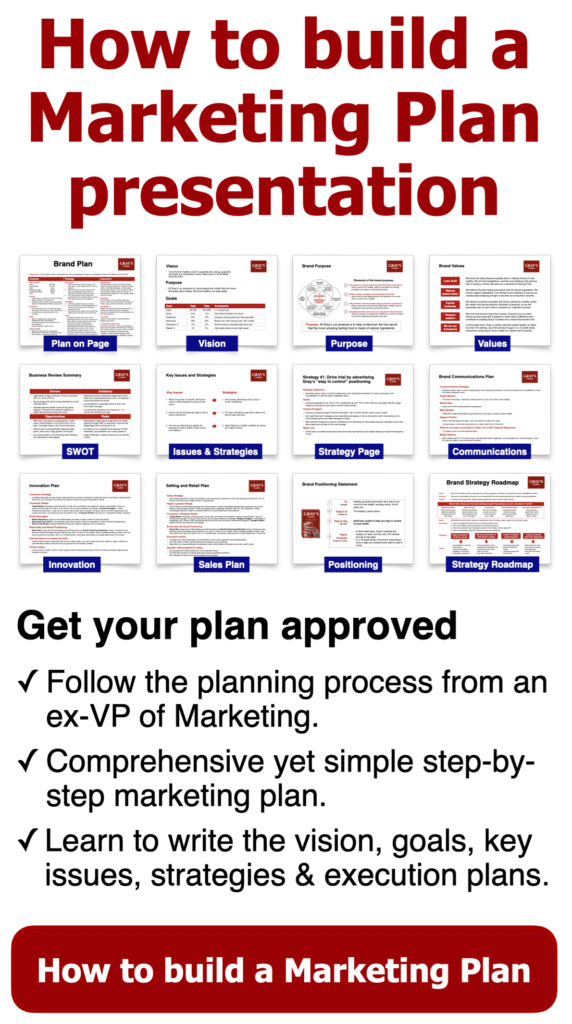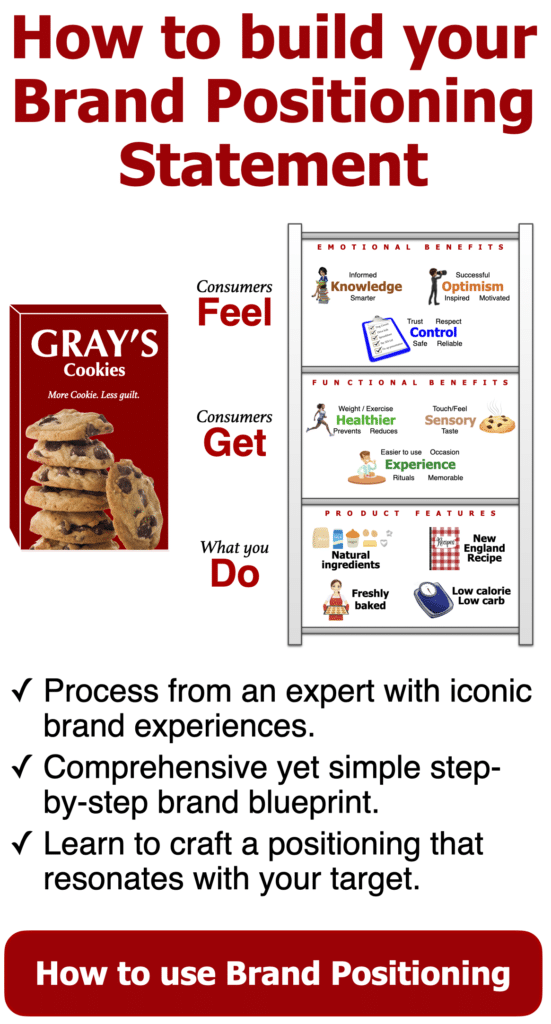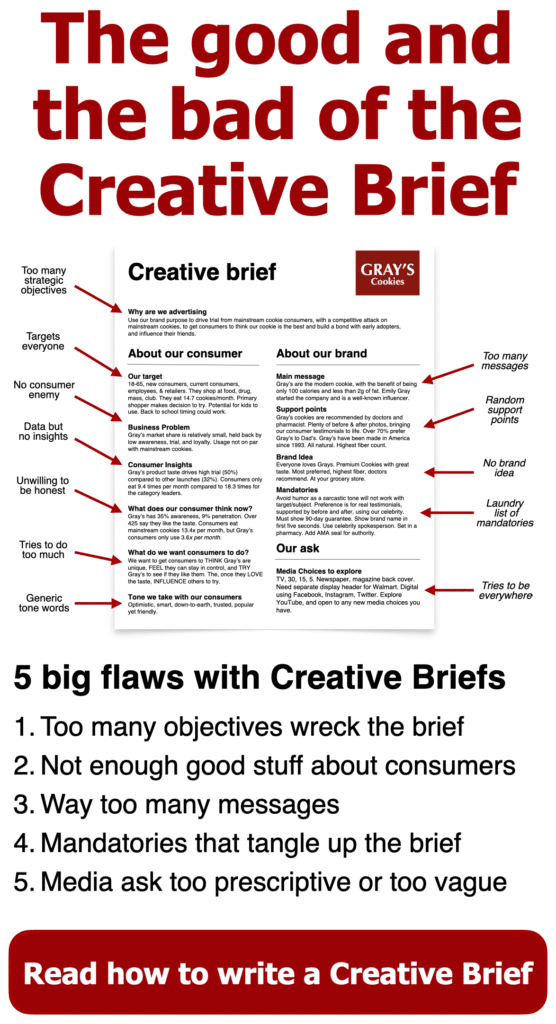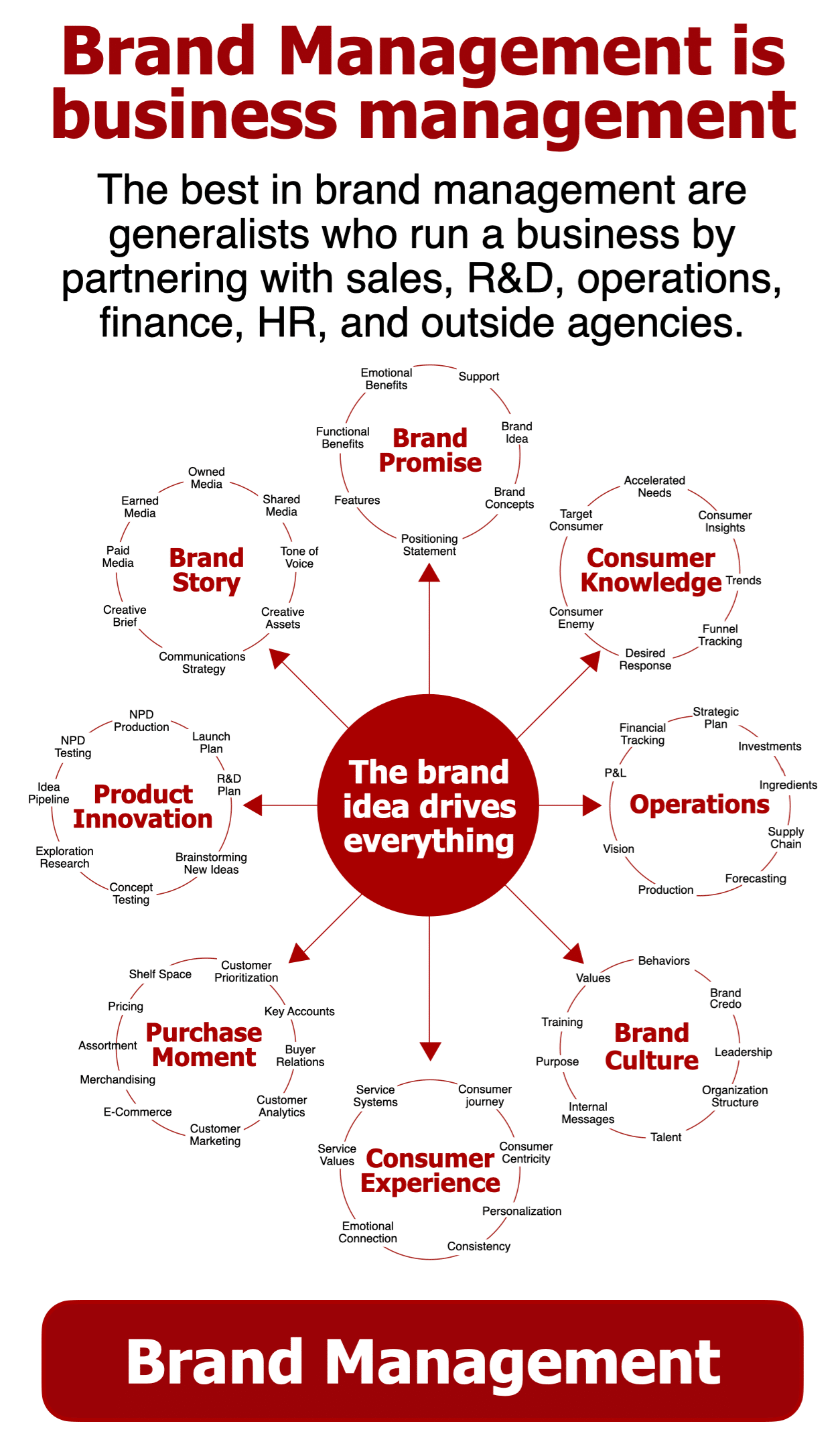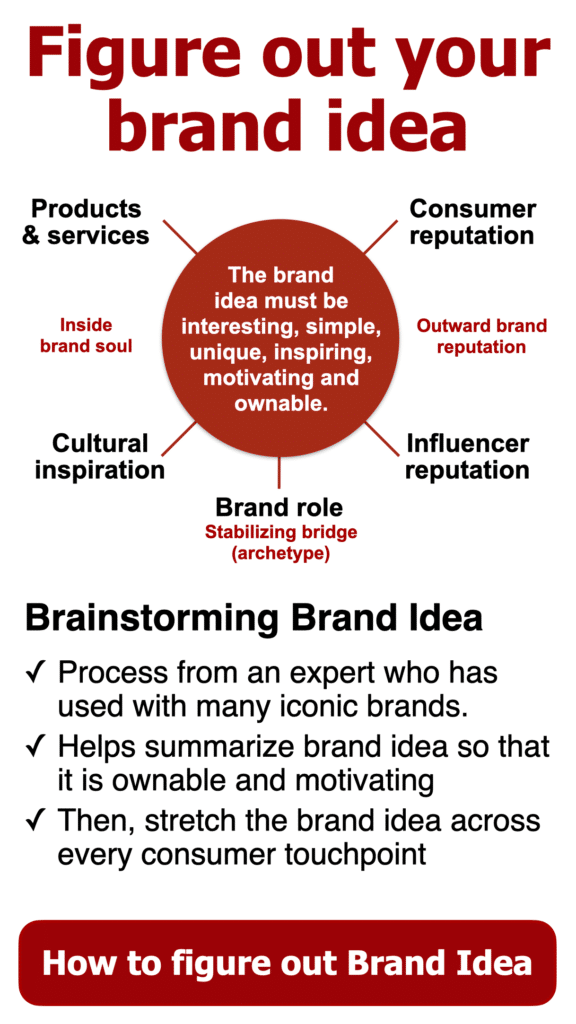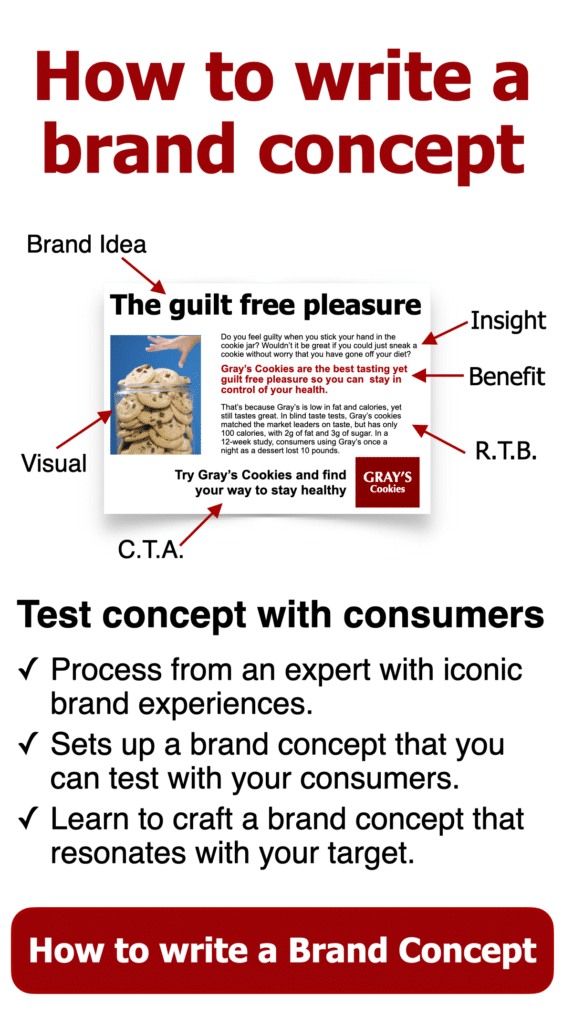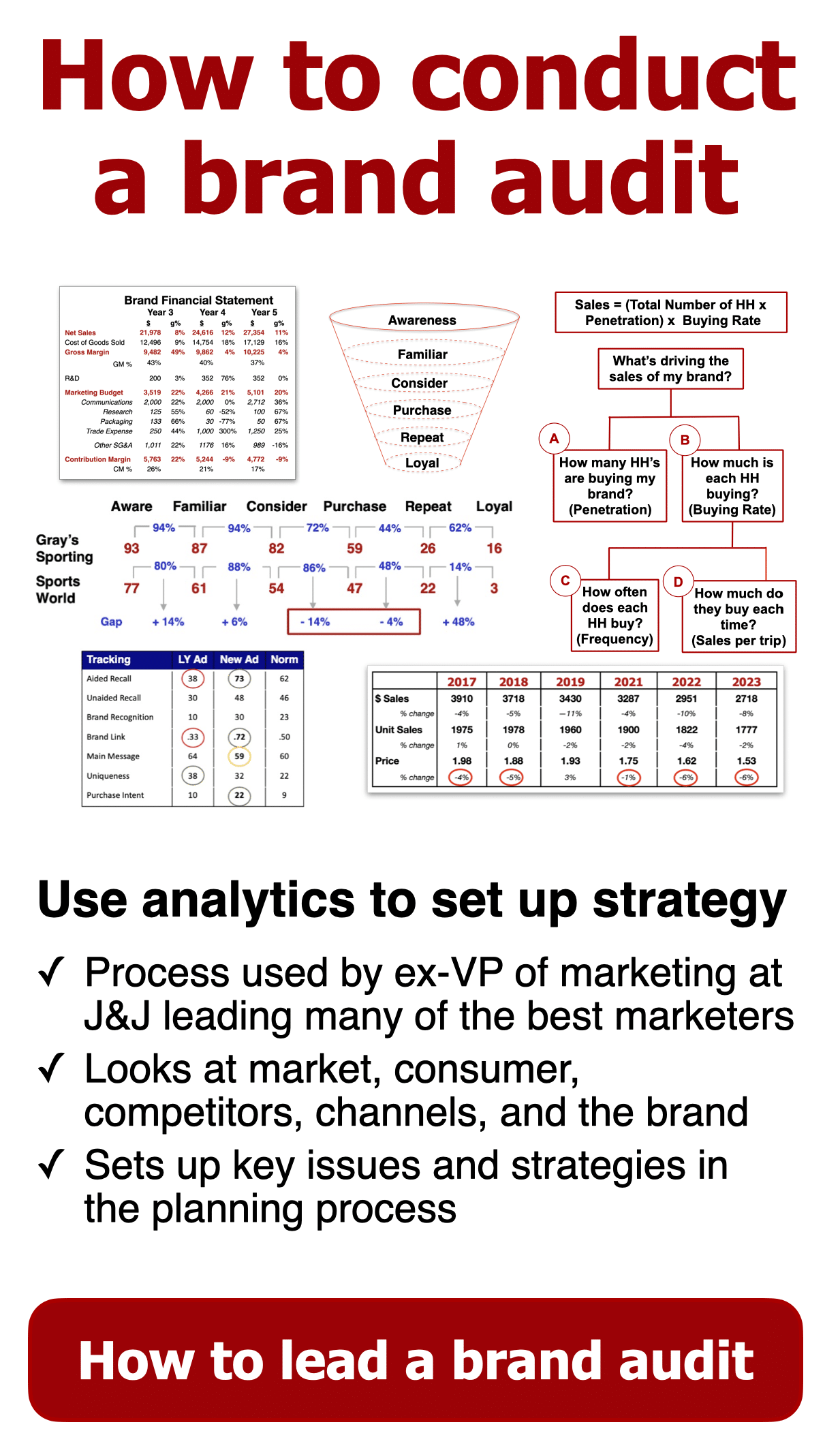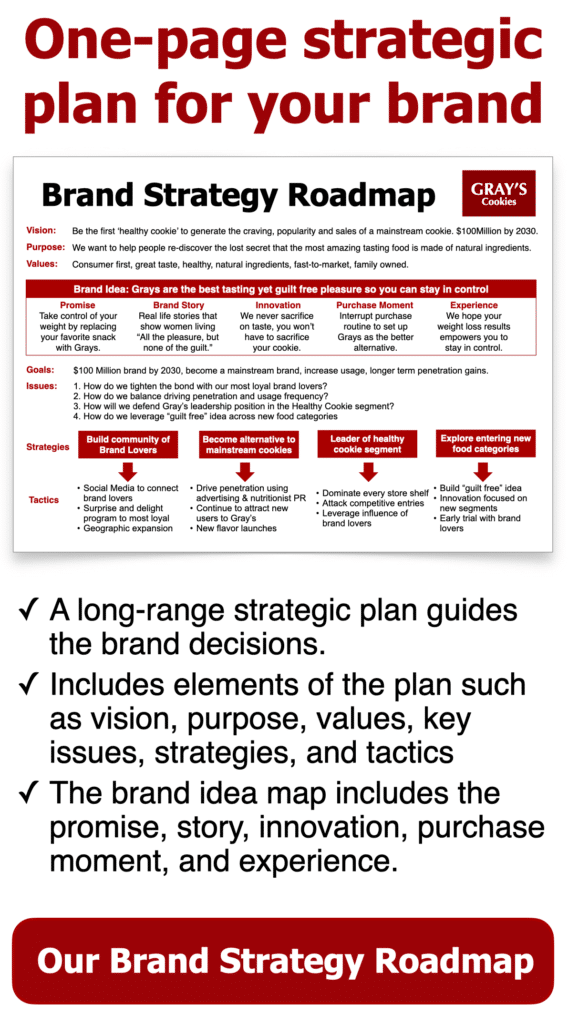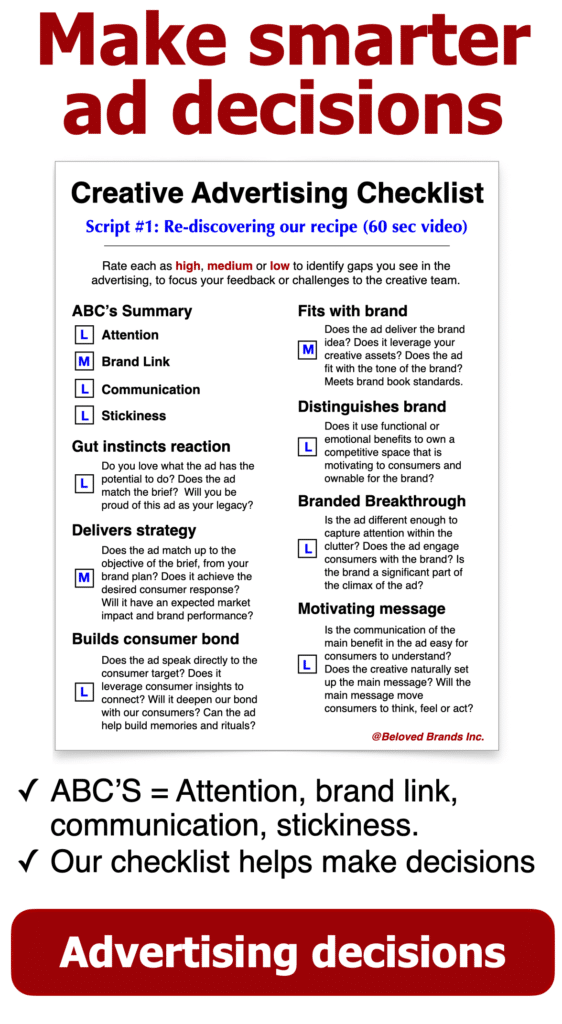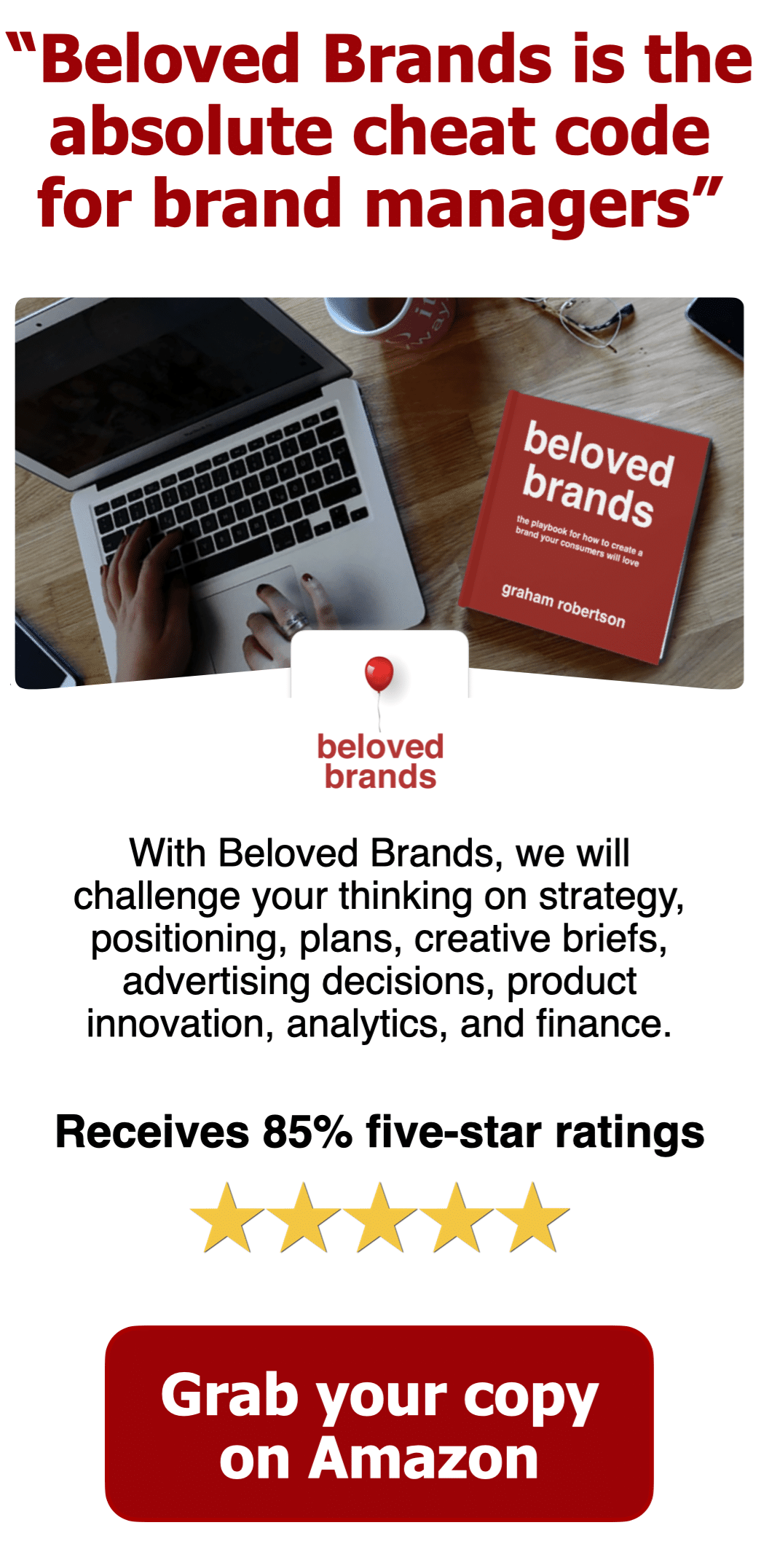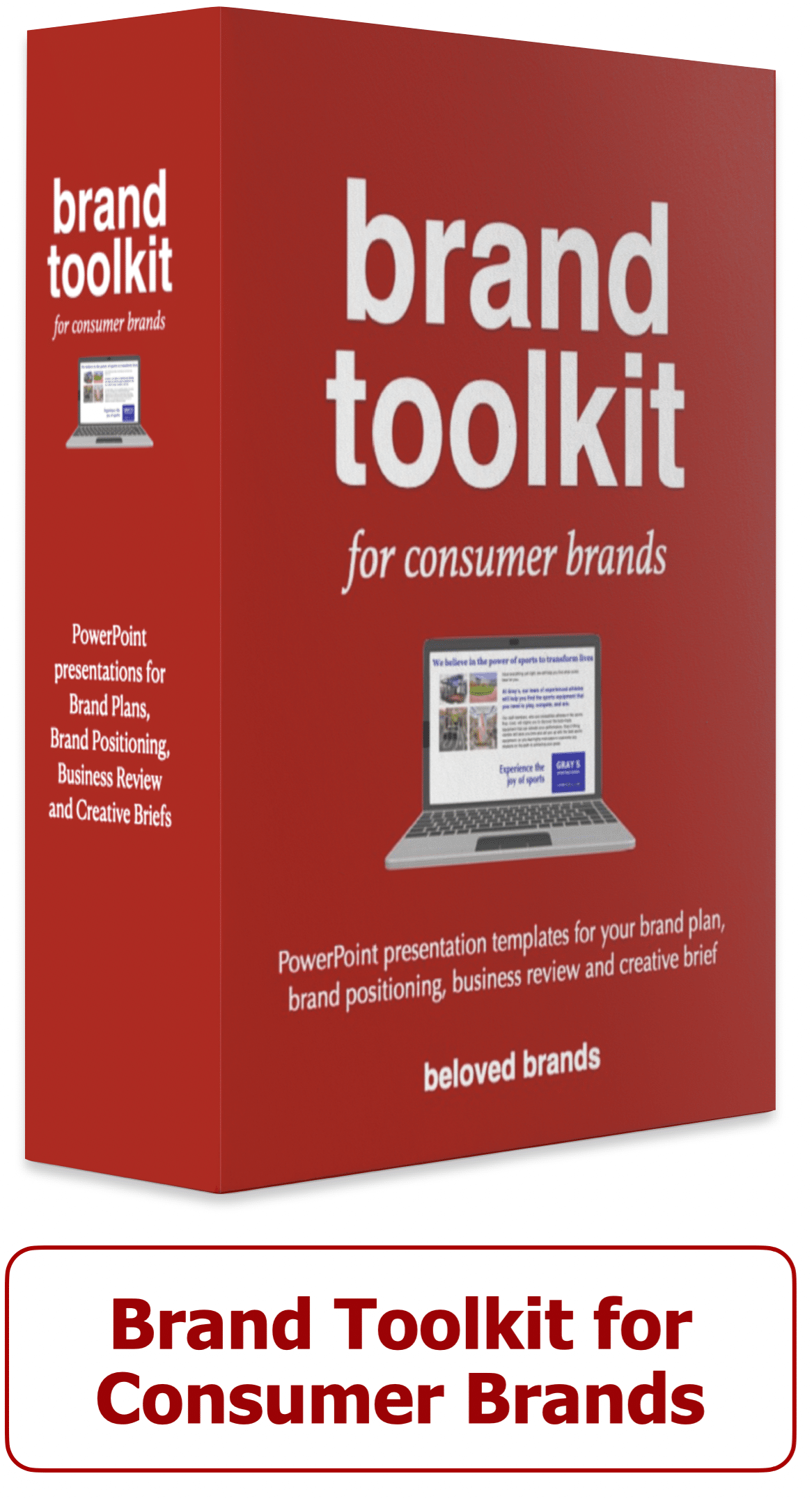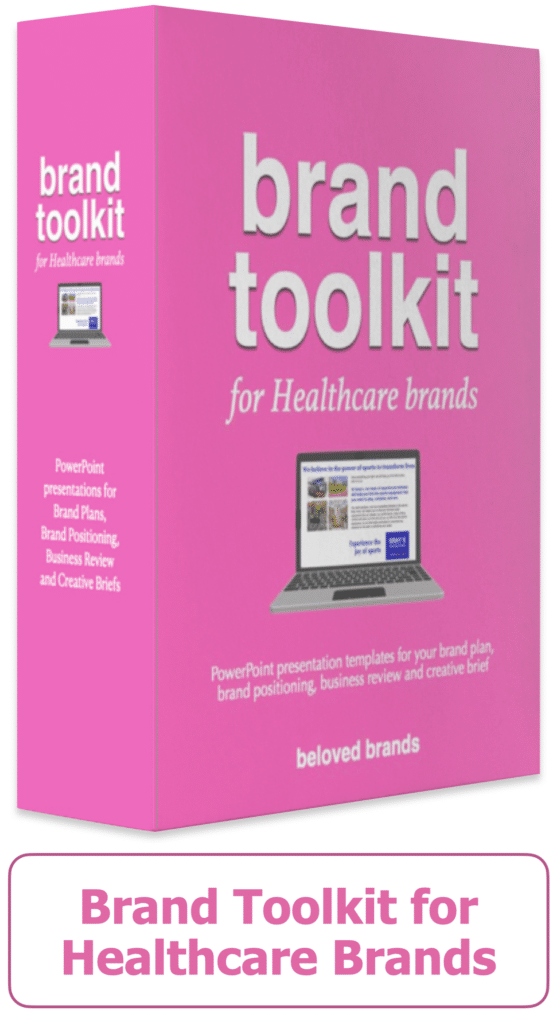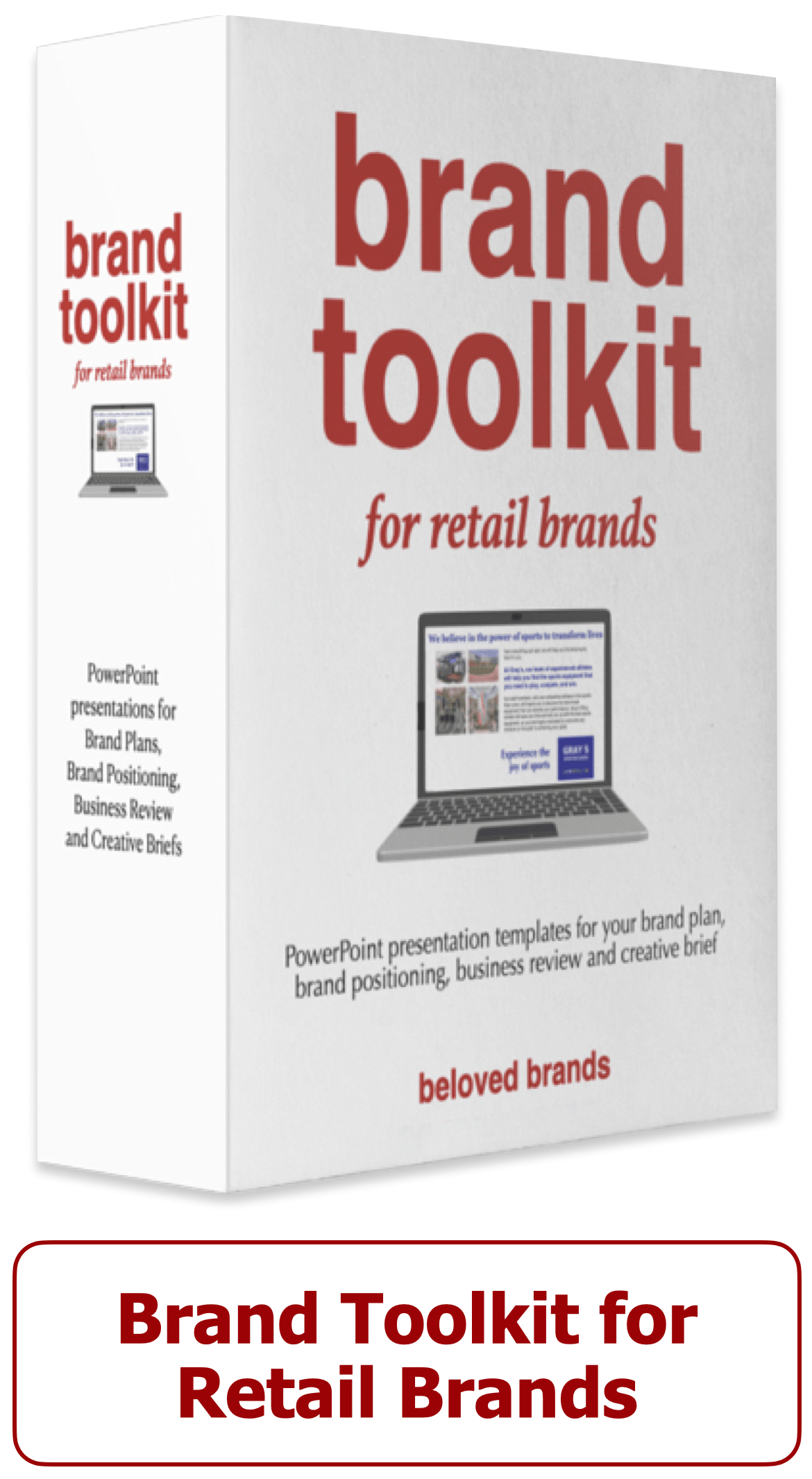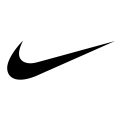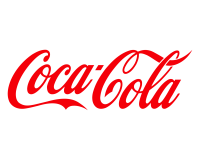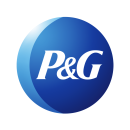A typical brand funnel focuses on awareness, purchase, satisfied, and loyalty. In the last few years, the funnel has become a complete loop as we have seen the growth of search and the use of loyal brand fans to generate new awareness with influence to their network. B2B brands must understand how potential customers move from one stage to the next, as well as understanding why they exit the B2B customer journey.
B2B Customer journey
At the early stage of the B2B customer journey, the focus is on driving awareness and consideration, to help the brand stand out and be seen in a crowd. Marketing options include LinkedIn, sponsorships, trade shows, events, engaging content videos, and blogs. To move customers to the consideration stage, use influencers to teach those seeking to learn more. Use public relations to make the brand part of the industry news, whether through traditional, social, or blogger channels. Engage online user review sites or social media review sites.
For more complex or higher risk purchase decisions, customers will rely on search for almost everything, even if to confirm what makes sense. The strategy at this point is to solve questions or doubts in the minds of the customer. Marketers can use search sites, such as Google, expert review sites, and online content, or long copy print media. The brand website comes into play and should include the right information to close off gaps or doubts, then move customers towards the purchase decision.
Moving to buying stage
As you move along the B2B customer journey to the buying stage, you must close the deal and trigger purchase, including highly personalized, one-to-one selling, backed by sales materials or credentials presentations to prompt customers at the purchase moment. It becomes crucial to understand the four potential roles of the user, decision-maker, influencer, and buyer; some you may never directly interact with. It may be essential to provide brand talking points to your contact, to help them manage the others within their company.
After the purchase, make sure all your communications include the core brand messages and re-enforces the purchase decision outlining the expected customer benefits. It will be your customer service and operations team that will deliver a happy customer experience. As your operations team continues to deliver on the expectations, you can turn usage into a higher frequency among your most loyal users.
From your base of loyal customers, it becomes essential to cultivate a collection of brand fans, using VIP programs and experiential events with exclusive access to tighten the bond with brand fans who see your brand as a favorite brand. Once you have a strong base of brand lovers, by intentionally creating exceptional experiences, inspires testimonials, to influence their peers.
Mapping the B2B customer journey
Awareness
Awareness is the starting point of the B2B customer journey. We look at aided awareness to figure if customers know of the brand name. Every brand starts as an unknown. Unaided asks customers to name brands without a list, which speaks to top-of-mind awareness and how familiar customers are with the brand.
There is not always direct entry into the customer’s mind. Many times, customers will overhear friends, see the brand through social media, or hear about it through influencers, whether it is early adopters, category experts, or brand fans with prior experience.
When customers consider purchasing a brand, customers become motivated by something in the brand idea or promise. In more complicated or expensive categories, the risk of a purchase goes up, and customers will put multiple brands into a consideration set of choices they want to find out more information about. Brands need to use their positioning to enter the customer’s mind, offering something new to stand out in the crowded marketplace. Customers need to see the brand as better than their current brand, or they won’t consider it.
Questions to find out how customers become aware and consider at the early stages of the customer journey
We need to understand where customers are most opening to seeing and engaging with the brand. Then, it is essential to understand the ideal customer benefits to make customers consider their brand.
- First, how do you find out about most of the products or services you use to help your company achieve success? Are you actively engaged and look to build a stable of choices, or is it more by chance?
- Next, how did you first find out about our brand?
- Then, how many competitors can you name? For each competitor, would you say you know the same level of detail, or more or less? Which competitors have you used in the past?
- Finally, what are the factors which will make you consider using our brand? Product, brand idea or purpose, service experience, price? A personal relationship with the company? What do you see as the difference between our brand and our competitors?
Search
Search is a growing part of the B2B customer journey, giving the customer more control. They take action to learn more about the brand, to fill in gaps or doubts the customers may have. They may use a combination of online, industry-specific publications or personal conversations with trust those they trust. Customers will use a broad Google search, go to specific websites of brands within their consideration set, read well-known industry news, expert reviews, or look through online customer reviews.
The higher the risk of the purchase, the more in-depth the search, using comparisons and criteria to eliminate brands. You need to understand those risks and understand the online tools customers use, such as side-by-side comparisons, demonstration videos, detailed descriptions of ingredients or process, and a chat function to engage with questions.
When a purchase is large or complex, B2B customers will involve procurement or purchasing agents, and it may take weeks or months to complete. They may go through a formal request for proposal (RFP) to solicit a formal quote or written proposal. When the process is fair, customers will lay out the criteria for their decision, there will be a formal presentation, and then an official judgment will be made.
Impact of pricing on the B2B customer journey
Many times, pricing is intensely scrutinized and override other criteria. B2B brands need to be careful not to waste resources when the potential is futile, because the decision may already have been made, and the company is following through with their required internal process.
With faster purchases, customers will complete a transaction through a purchase order, brand website, third-party distributors or e-commerce sites. Customers will usually make comparisons between brands to resolve any last-second doubts, comparing price to perceived value, using claims and product details to separate one brand from another, using customer ratings and online reviews, or reaching for advice and details from the salespeople. Marketers need to understand the triggers to help close the sale.
Questions to find out how customers search and buy
Brands need to understand the additional information customers are looking for during the search stage of the B2B customer journey, exploring both online and offline conversations they use.
- First, when you are looking for a product or service to help you, how many hours do you usually spend searching online? What are you looking for that helps make your decision to consider a brand? And, what doubts or questions do you need to cover off through your search process?
- Next, which search tools do you use? a) 100% search online on your own, for reviews b)Go directly to the website of each potential company c) Balanced your online search with peer conversation d) Reading industry publications
- Then, can you think of examples of some of the best tools you have seen: a) Who has the best overall website information b) And, who makes the best use of video demonstrations c) Which brands are most active on social media (e.g., LinkedIn or Twitter) d) Who writes the most engaging and interesting white papers
- Finally, how formal is the decision-making process? Do you use an RFP? Who are the decision-makers, influencers, purchasers, and project administrators in the process? What criteria do you use to evaluate the brands you work with? Can you lay out the top 2-3 criteria you use to assess those brands you engage in? During the search or evaluation stage, is there anything that would make you reject a brand?
Repeat
Every category will have unique criteria of customer satisfaction, and the best brands observe, listen, understand, close gaps, and track how well the brand is doing against these criteria.
The higher the risk of the purchase, the more susceptible brands are to post-purchase customer doubt. If early expectations are not met or exceeded, customers will revisit the brands within their consideration set and question the decision they made. Or if unresolved, customers may not reconsider your brand at the repeat state. Marketers need to track performance gaps in both product or service and look to fix.
While every brand has a different purchase cycle, ranging from hourly to five or ten years, repeat is the most significant vote of customer satisfaction. For low involvement or low importance brands, customers can often repeat based on reasonable satisfaction. However, for the higher involvement and higher importance brands, customers go beyond their satisfaction and look at how those around them feel about their brand choice, helping add to the emotional experience.
With experience-led brands, the B2B customer journey will require a series of happy experiences and personal relationships with the company before they open up and begin to trust the brand fully.
Questions to find out how customers are satisfied and repeat
B2B marketers and sales need to figure out ways to over-deliver on the expectations their promise created with customers and track what issues cause customers to fall out of the purchase journey.
- First, when you received your product, was everything you expected in the package? On time? Was there anything missing? What might you change? How were the delivery and service?
- Next, did your overall experience match up to the criteria you set before the purchase?
- Then ask, do you reach out to the brand after the purchase? Does the brand proactively reach out to you after the purchase? Enough? Not enough? Just right?
- Finally, ask how often do you purchase the products and services? How many brands do you keep in your consideration set for repurchasing? Do you have primary and secondary choices?
Loyalty
When B2B customers use your brand for a higher share of their purchase requirements than competitors, they start to exhibit loyalty. As customers move to the final stages of the B2B customer journey, the connection shifts from functional to emotional, they begin to see your brand as a ritual or part of their work life.
The most loyal become outspoken advocates who influence their network through positive online reviews, social media recommendations to their friends or peers, and personal advice at the lunch table or direct conversations.
Many times, I ask brands if they treat their best customers better than they treat other customers. Sadly, the answer I get far too often is, “No, we treat everyone the same.”
Questions to find out how customers become loyal and turn into potential brand fans
It becomes essential for marketers to know who their best customers are, and treat them better than they do other customers, to make them feel special, to help tighten the bond to turn them, loyal brand lovers. Marketers must know who they are and look for ways to cultivate their enthusiasm. They must look to create shareable moments to trigger new awareness with influence. This influence can be potent when the brand fans denote the expert within their peer network.
- First, are you the type of person to recommend brands to your peers? When do you become an advocate?
- Next, ask if the customers have provided any testimonial or reviews? What is the tipping point for you to write a testimonial? What makes you an outspoken supporter, and how does that show up?
- Finally, what does the brand do for you that makes you feel special?
We believe that marketers learn best when they see our marketing concepts applied to brands that look like their own. We have come up with specific examples – consumer, B2B and healthcare – to showcase our marketing tools. Click on the icon below to choose your interest area.





